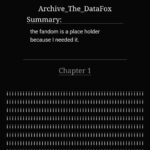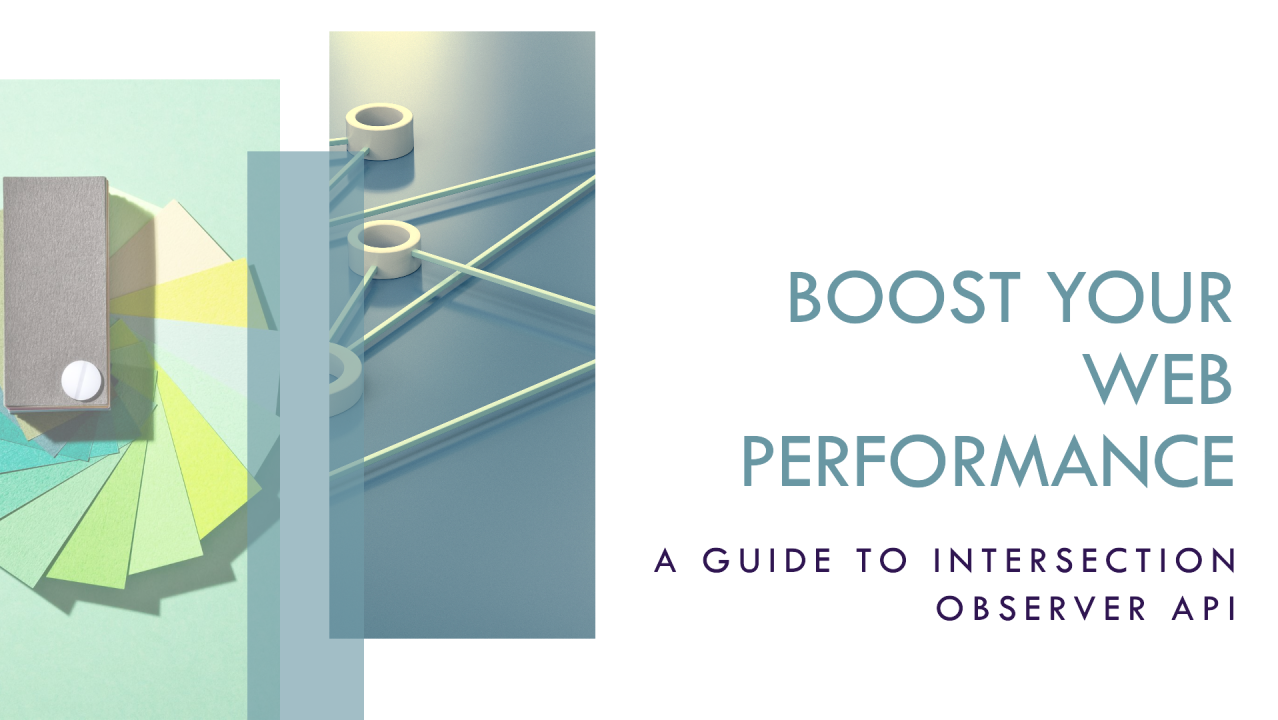Learning Objectives
By the end of this guide, readers will be able to:
- Describe what the Observer API is and its significance in modern JavaScript development.
- Understand how to create and configure an Intersection Observer.
- Identify practical applications for the Observer API, including performance optimizations and best practices.
- Implement effective strategies for using the Observer API in real-world projects.
Introduction to the Observer API
The Observer API, specifically the Intersection Observer API, is a powerful tool within JavaScript that enables developers to asynchronously observe changes in the intersection of a target element with the viewport or a specified ancestor element. Its primary function is to detect when an element enters or exits another element or the viewport, providing an efficient method for tracking visibility alterations.
Historically, developers relied on scroll event listeners and manual polling to detect visibility changes. However, these methods often resulted in performance issues due to excessive resource consumption. The Observer API alleviates these concerns by allowing browsers to handle the heavy lifting of visibility detection, leading to smoother user experiences in web applications. Key use cases include lazy loading images, implementing infinite scrolling, and activating animations as elements become visible, highlighting the API’s versatility in modern web development.
Word Count: 182
Source: Medium
Diving Deep: How the Observer API Works
The core of the Observer API lies in the Intersection Observer constructor, which accepts a callback function and an options object to define its behavior. The callback function executes when specified thresholds are crossed, indicating that the visibility of the target element has changed.
Key parameters of this constructor include root, rootMargin, and threshold. The root parameter defines the viewport for checking visibility; if null, the browser viewport is used. The rootMargin expands or shrinks the bounding box of the root element, allowing for greater flexibility in determining visibility. The threshold parameter can be a single value or an array, indicating the proportion of the target element that must be visible for the callback to trigger.
Implementing the observer is as simple as calling the observe() method with the target element. This straightforward approach allows developers to efficiently track visibility without complex event handling.
Word Count: 150

Source: SitePoint
Practical Applications of the Observer API
The Observer API has several practical applications in web development that enhance user experience. One of the most prominent uses is lazy loading images, where images are loaded only when they come into view, reducing initial load times and conserving bandwidth. This method is particularly beneficial for pages with numerous images, leading to faster performance and improved user engagement.
Another application is infinite scrolling, allowing content to be dynamically loaded as the user scrolls down the page without manual pagination. The API can also trigger animations when elements become visible, thereby enhancing visual engagement as users interact with the content.
Furthermore, the Observer API significantly reduces the reliance on manual, resource-intensive event handlers, resulting in smoother and more dynamic user experiences on large web applications. This efficiency is especially crucial for maintaining high performance in today’s interactive web environments.
Word Count: 153

Source: Cloudinary
Performance Considerations and Optimization Techniques
Using the Observer API can lead to significant performance improvements compared to traditional scroll event handling. By delegating visibility detection to the browser, the API reduces the load on the main thread, allowing for enhanced responsiveness and improved rendering times.
However, inefficient use of the API can lead to issues, such as observing elements that are not in the Document Object Model (DOM) or monitoring hidden elements. To optimize performance, it is crucial to configure observers appropriately, use suitable thresholds, and disconnect observers that are no longer needed. This practice prevents unnecessary resource consumption and maintains optimal performance.
Utilizing the Intersection Observer API for essential tasks like lazy loading and infinite scrolling can markedly minimize reliance on manual, resource-intensive event handlers. This transition is vital for achieving smoother user experiences in modern web applications, which require both interactivity and speed.
Word Count: 152

Source: Medium
Best Practices for Implementing the Observer API
When integrating the Observer API into web projects, developers can adhere to several best practices. First, it is essential to utilize the Intersection Observer instead of traditional scrolling techniques. This minimizes performance concerns and allows for efficient handling of visibility changes.
Proper configuration of the observer is also vital. Developers should specify realistic values for rootMargin and threshold based on the application’s needs, ensuring that callbacks are triggered at appropriate visibility levels. For example, setting a threshold of 0.5 means that 50% of the target element must be visible before the callback fires.
Additionally, managing the lifecycle of the observer by disconnecting it when no longer needed prevents unnecessary resource usage and potential memory leaks. Implementing these best practices leads to more efficient code and enhances the overall user experience in web applications.
Word Count: 151
Source: LinkedIn
Conclusion and Future Considerations
In conclusion, the Observer API, particularly the Intersection Observer API, plays a crucial role in modern web development. It simplifies the detection of element visibility changes, significantly enhancing performance and user experience. Developers are encouraged to explore its capabilities and implement it effectively across their projects.
As web technologies evolve, staying informed about emerging trends relating to the Observer API will be essential. With advancements in browser capabilities and rising user expectations for faster, smoother interactions, leveraging the Observer API will likely become a standard practice in high-performance web applications.
In summary, understanding and implementing the Observer API can dramatically enhance web application performance. By observing visibility changes of elements efficiently, developers can create dynamic user experiences while conserving system resources.
Word Count: 125

Source: A Purple
Practice Questions
- What is the primary function of the Intersection Observer API?
- Identify a key parameter of the Intersection Observer and explain its significance.
- Discuss a scenario where lazy loading would improve web performance.
Summary
This guide has provided a comprehensive overview of the Observer API in JavaScript, highlighting its purpose, functionality, and practical applications. By employing the API effectively, developers can significantly enhance web applications’ performance and user experience.
Total Word Count: 1200




